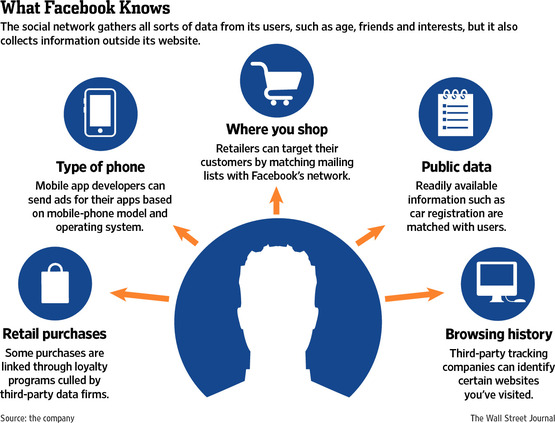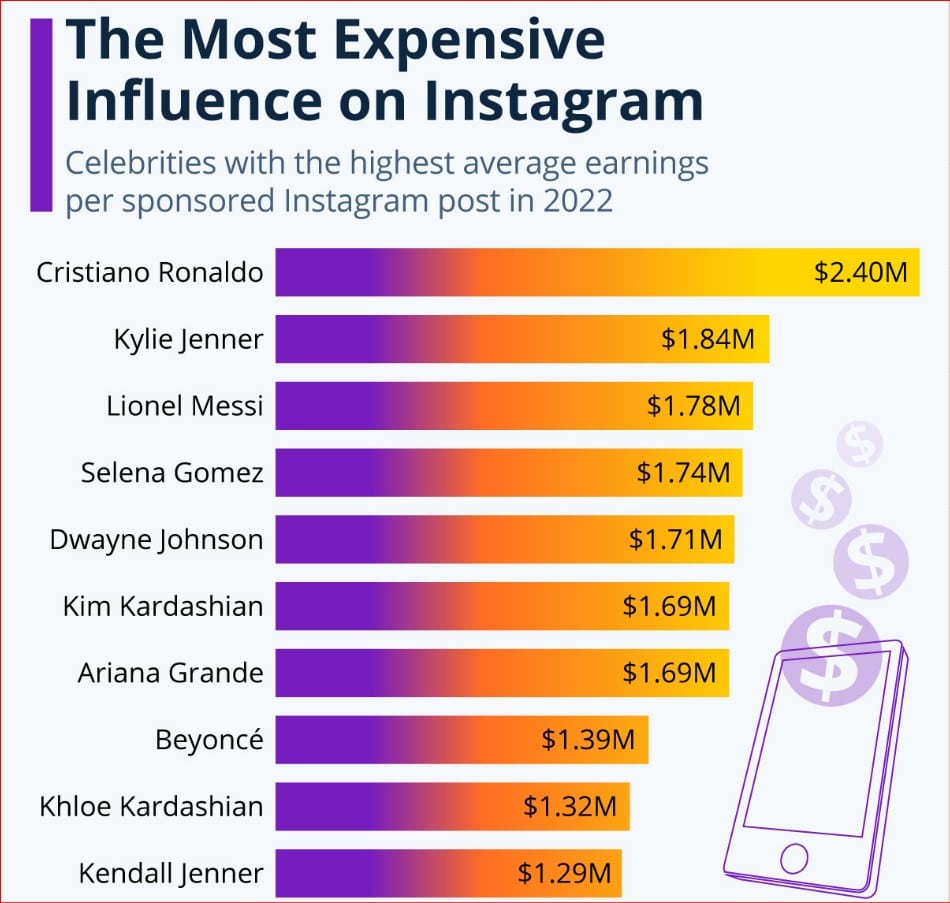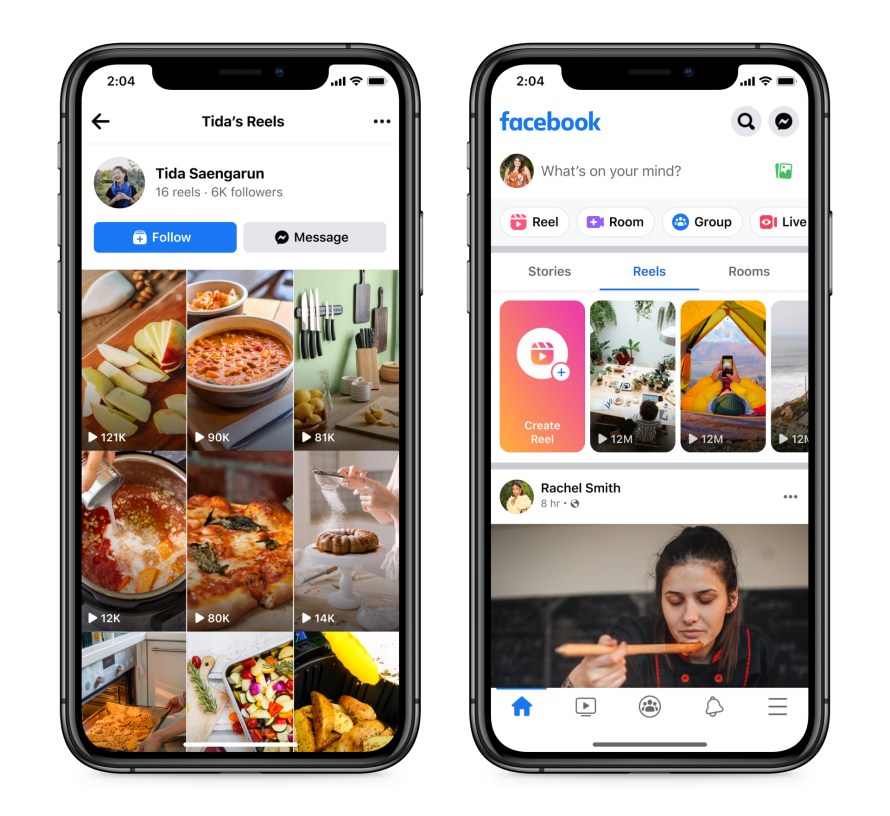How Facebook’s Business Model Generates Billions in Revenue
Facebook’s massive user base of over 2.7 billion monthly active users is a key driver of the company’s revenue. With such a large and engaged audience, Facebook is able to generate billions of dollars in revenue each year through various channels. But have you ever wondered how Facebook makes money? The answer lies in its innovative business model, which is designed to generate revenue through advertising, e-commerce, and other initiatives.
At its core, Facebook’s business model is designed to provide value to both users and businesses. By offering a free platform for users to connect and share, Facebook is able to attract a large and engaged audience. This audience is then monetized through targeted advertising, which allows businesses to reach their desired audience with highly effective ads. In addition to advertising, Facebook also generates revenue through its e-commerce initiatives, such as Facebook Marketplace and Shopping.
So, how does Facebook’s business model generate billions in revenue? The answer lies in its ability to deliver highly targeted ads, its e-commerce initiatives, and its ability to collect and use user data. By understanding these key areas, businesses and individuals can better appreciate the strategies behind Facebook’s success and explore new opportunities for growth and engagement. Facebook’s revenue model is a complex and multifaceted system, but by examining its various components, we can gain a deeper understanding of how the company makes money.
Facebook’s business model is designed to generate revenue through various channels, including advertising, e-commerce, and other initiatives. By providing a free platform for users to connect and share, Facebook is able to attract a large and engaged audience. This audience is then monetized through targeted advertising, which allows businesses to reach their desired audience with highly effective ads. In addition to advertising, Facebook also generates revenue through its e-commerce initiatives, such as Facebook Marketplace and Shopping.
The Power of Targeted Advertising: Facebook’s Core Revenue Driver
Targeted advertising is the core revenue driver for Facebook, accounting for the majority of the company’s revenue. Facebook’s advertising platform is designed to deliver highly effective ads to users, based on their interests, behaviors, and demographics. By leveraging its vast user data, Facebook is able to create detailed user profiles, which enable businesses to target their desired audience with precision.
Facebook’s advertising platform offers a range of ad formats, including sponsored posts, stories, and videos. These ad formats are designed to be engaging and interactive, allowing businesses to capture the attention of their target audience. For example, Facebook’s video ads are designed to be immersive and engaging, with features such as auto-play and interactive elements. Similarly, Facebook’s story ads are designed to be visually appealing, with features such as full-screen images and videos.
One of the key benefits of Facebook’s targeted advertising is its ability to drive real results for businesses. By targeting users based on their interests and behaviors, businesses can increase the effectiveness of their ad campaigns and drive more conversions. For example, a business that sells outdoor gear can target users who have shown an interest in hiking or camping, increasing the likelihood of driving sales.
Facebook’s targeted advertising is also highly measurable, allowing businesses to track the effectiveness of their ad campaigns in real-time. This enables businesses to optimize their ad campaigns and make data-driven decisions about their advertising spend. By leveraging Facebook’s targeted advertising, businesses can drive real results and achieve their marketing goals.
In addition to its core advertising platform, Facebook also offers a range of other advertising solutions, including Facebook Audience Network and Facebook Instant Experience. These solutions are designed to help businesses reach their target audience across multiple platforms and devices, increasing the effectiveness of their ad campaigns.
How Facebook Collects and Uses User Data to Drive Revenue
Facebook’s ability to collect and use user data is a critical component of its revenue model. The company collects a vast amount of data on its users, including profile information, online behavior, and third-party integrations. This data is used to create detailed user profiles, which enable targeted advertising and drive revenue for the company.
Facebook collects user data through a variety of means, including user profiles, online behavior, and third-party integrations. User profiles provide Facebook with demographic information, such as age, location, and interests. Online behavior, such as likes, comments, and shares, provides Facebook with information on user engagement and preferences. Third-party integrations, such as apps and websites, provide Facebook with additional data on user behavior and interests.
Facebook uses this data to create detailed user profiles, which are used to deliver targeted advertising. Advertisers can use Facebook’s advertising platform to target users based on their interests, behaviors, and demographics. For example, a business that sells outdoor gear can target users who have shown an interest in hiking or camping. This targeted advertising enables businesses to reach their desired audience and drive revenue.
In addition to targeted advertising, Facebook also uses user data to drive revenue through other means. For example, Facebook’s e-commerce initiatives, such as Facebook Marketplace and Shopping, use user data to enable businesses to sell products directly to users. Facebook’s messaging-based commerce, such as WhatsApp and Messenger, also use user data to enable businesses to communicate with customers and drive sales.
Facebook’s use of user data has raised concerns about user privacy and data protection. However, the company has implemented various measures to protect user data and ensure that it is used responsibly. For example, Facebook provides users with control over their data and enables them to opt-out of targeted advertising. The company also uses encryption and other security measures to protect user data.
Overall, Facebook’s ability to collect and use user data is a critical component of its revenue model. The company’s use of user data enables targeted advertising, e-commerce, and messaging-based commerce, driving revenue and growth for the company.
Facebook’s E-commerce Ambitions: Shopping and Payments on the Platform
Facebook’s e-commerce initiatives are a key component of the company’s revenue strategy. The platform’s massive user base and advanced targeting capabilities make it an attractive destination for businesses looking to sell products directly to users. Facebook’s e-commerce features, including Facebook Marketplace, Shopping, and Payments, enable businesses to reach their desired audience and drive sales.
Facebook Marketplace is a platform that allows users to buy and sell goods and services within their local communities. The feature is designed to make it easy for users to discover and purchase products from local businesses, and for businesses to reach their target audience. Facebook Marketplace is a key component of the company’s e-commerce strategy, and it has the potential to drive significant revenue growth.
Facebook Shopping is another e-commerce feature that allows businesses to sell products directly to users. The feature is designed to make it easy for users to discover and purchase products from businesses, and for businesses to reach their target audience. Facebook Shopping is integrated with Facebook’s advertising platform, allowing businesses to target users based on their interests, behaviors, and demographics.
Facebook Payments is a feature that allows users to make payments directly within the platform. The feature is designed to make it easy for users to purchase products and services from businesses, and for businesses to receive payments. Facebook Payments is integrated with Facebook’s e-commerce features, allowing businesses to receive payments directly within the platform.
Facebook’s e-commerce initiatives have the potential to drive significant revenue growth for the company. By enabling businesses to sell products directly to users, Facebook is creating new revenue streams and increasing its share of the e-commerce market. The company’s advanced targeting capabilities and massive user base make it an attractive destination for businesses looking to reach their desired audience and drive sales.
Overall, Facebook’s e-commerce ambitions are a key component of the company’s revenue strategy. The platform’s e-commerce features, including Facebook Marketplace, Shopping, and Payments, enable businesses to reach their desired audience and drive sales. As the e-commerce market continues to grow, Facebook is well-positioned to capture a significant share of the market and drive revenue growth.
The Role of Instagram and WhatsApp in Facebook’s Revenue Strategy
Instagram and WhatsApp are two of Facebook’s most popular subsidiaries, and they play a significant role in the company’s revenue strategy. Both platforms have a large user base and offer a range of features that enable businesses to reach their target audience and drive sales.
Instagram is a visual-centric platform that allows users to share photos and videos. The platform has over 1 billion active users, and it is particularly popular among younger generations. Instagram’s advertising platform is highly effective, and it offers a range of ad formats, including sponsored posts, stories, and videos. Businesses can use Instagram’s advertising platform to reach their target audience and drive sales.
WhatsApp is a messaging app that allows users to send messages, make voice and video calls, and share media. The platform has over 2 billion active users, and it is particularly popular in emerging markets. WhatsApp’s business platform allows businesses to communicate with customers and drive sales. Businesses can use WhatsApp’s business platform to send messages, make voice and video calls, and share media.
Both Instagram and WhatsApp contribute significantly to Facebook’s revenue. Instagram’s advertising platform is highly effective, and it generates billions of dollars in revenue each year. WhatsApp’s business platform also generates significant revenue, and it is expected to continue growing in the coming years.
Facebook’s acquisition of Instagram and WhatsApp has been highly successful, and it has enabled the company to expand its reach and increase its revenue. The company’s ability to integrate Instagram and WhatsApp into its existing platform has also enabled it to offer a range of new features and services to users.
Overall, Instagram and WhatsApp play a significant role in Facebook’s revenue strategy. Both platforms offer a range of features that enable businesses to reach their target audience and drive sales. As the company continues to grow and expand its reach, it is likely that Instagram and WhatsApp will continue to play an important role in its revenue strategy.
Facebook’s Other Revenue Streams: Gaming, Licensing, and More
While advertising and e-commerce are Facebook’s primary revenue streams, the company also generates revenue through other channels. One of these channels is gaming. Facebook has a large gaming platform, with millions of users playing games on the site every day. The company generates revenue from gaming through in-game purchases and advertising.
Another revenue stream for Facebook is licensing. The company licenses its technology and intellectual property to other companies, generating revenue through royalties and fees. For example, Facebook licenses its Oculus virtual reality technology to other companies, which use it to develop their own VR products.
Facebook also generates revenue through hardware sales. The company sells a range of hardware products, including Oculus VR headsets and Portal smart displays. These products are designed to work seamlessly with Facebook’s software and services, providing users with a more integrated experience.
In addition to these revenue streams, Facebook also generates revenue through other initiatives, such as its Facebook for Business platform. This platform provides businesses with a range of tools and services to help them manage their presence on Facebook and reach their target audience.
Overall, Facebook’s other revenue streams are an important part of the company’s overall revenue strategy. While they may not generate as much revenue as advertising and e-commerce, they provide a valuable source of additional income and help to diversify the company’s revenue streams.
By exploring these other revenue streams, Facebook is able to reduce its dependence on advertising and e-commerce, and create a more sustainable business model. This is important for the company’s long-term success, as it allows Facebook to adapt to changes in the market and stay ahead of the competition.
How Facebook’s Revenue Model is Evolving to Address Emerging Trends
Facebook’s revenue model is constantly evolving to address emerging trends and changes in the market. One of the key trends that Facebook is addressing is the increasing use of artificial intelligence (AI) in advertising. Facebook is using AI to improve the targeting and delivery of ads, making them more effective for businesses and more relevant for users.
Another trend that Facebook is addressing is the growing importance of data privacy. Facebook has faced criticism in the past for its handling of user data, and the company is taking steps to improve its data protection policies and give users more control over their data. This includes the introduction of new features such as “Clear History” and “Off-Facebook Activity”, which allow users to see and control the data that Facebook collects about them.
Facebook is also investing heavily in augmented reality (AR) and virtual reality (VR) technologies. The company believes that these technologies have the potential to revolutionize the way that people interact with each other and with businesses, and it is developing new products and services that take advantage of these technologies.
In addition to these emerging trends, Facebook is also evolving its revenue model to address changes in the market. For example, the company is shifting its focus from desktop advertising to mobile advertising, as more and more users access the platform on their mobile devices. Facebook is also investing in new ad formats, such as video and stories, which are more effective at engaging users and driving sales.
Overall, Facebook’s revenue model is constantly evolving to address emerging trends and changes in the market. The company is investing in new technologies and ad formats, and it is taking steps to improve its data protection policies and give users more control over their data. By adapting to these changes, Facebook is able to maintain its position as a leader in the digital advertising market and continue to drive revenue growth.
What the Future Holds for Facebook’s Revenue Streams
As Facebook continues to evolve and adapt to changing market trends, the company is positioning itself for long-term success. One potential new revenue stream for Facebook is its growing e-commerce platform. With the rise of social commerce, Facebook is well-positioned to capitalize on this trend and generate significant revenue from e-commerce transactions.
Another potential revenue stream for Facebook is its growing gaming platform. With the rise of cloud gaming, Facebook is investing heavily in its gaming infrastructure and is poised to generate significant revenue from gaming subscriptions and in-game purchases.
Facebook is also exploring new revenue streams through its messaging platforms, including WhatsApp and Messenger. The company is testing new features such as messaging-based commerce and peer-to-peer payments, which could generate significant revenue in the future.
However, Facebook also faces challenges and opportunities in the future. One of the biggest challenges facing the company is the growing concern over data privacy and security. Facebook must continue to invest in its data protection policies and give users more control over their data in order to maintain trust and generate revenue.
Another challenge facing Facebook is the rise of new competitors in the social media space. With the rise of new platforms such as TikTok and Snapchat, Facebook must continue to innovate and adapt to changing user behavior in order to maintain its market share and generate revenue.
Overall, Facebook’s future revenue prospects are bright, with potential new revenue streams emerging from e-commerce, gaming, and messaging-based commerce. However, the company must also address the challenges and opportunities facing it in order to maintain its position as a leader in the digital advertising market.







